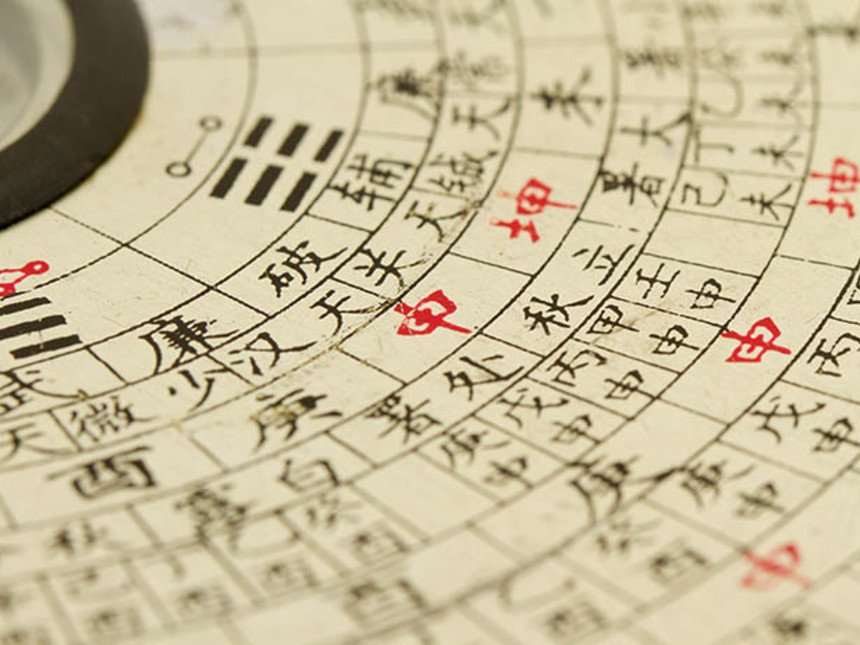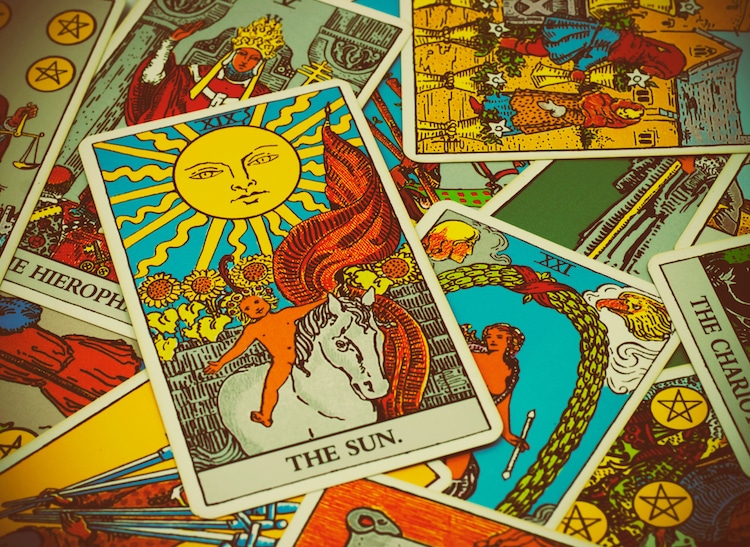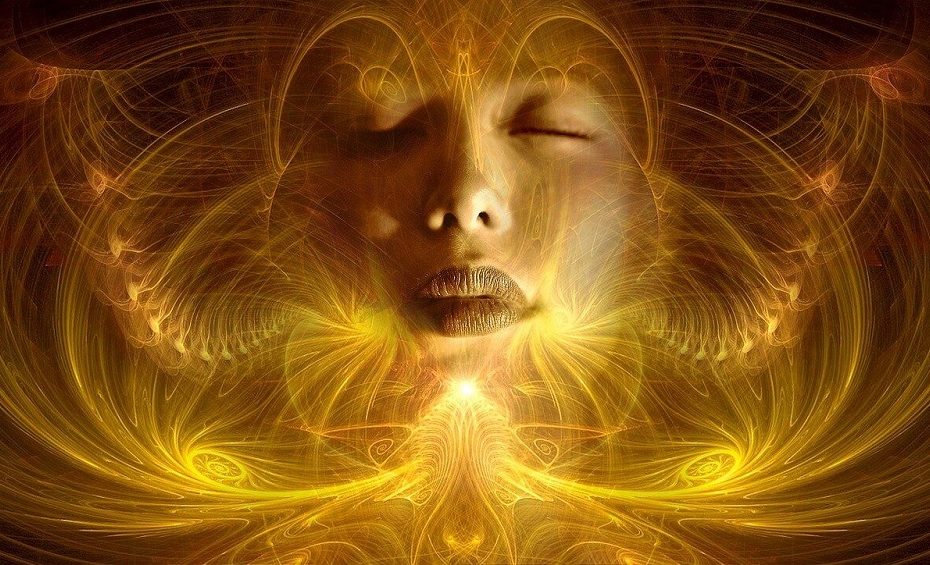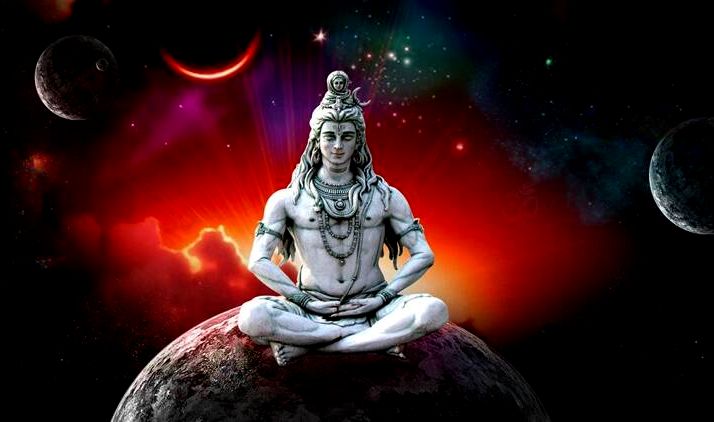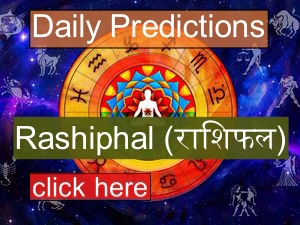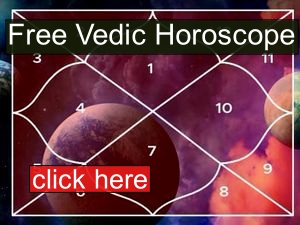Vaastu Architecture

Without Soul Body Is Considered As Dead
In The Same Way , Without Energy Architecture Is Considered To Be Without Soul
Body + Soul = Living Being
Architecture + Energy (Vastu) Architecture =Building With Positive Life
When an engineer makes a machine he knows what it is going to do or make for example if he is making a fruit juicer machine he knows well it will crush the fruit and extract the juice. In the same way when one make one of the most important machines that is building in which human being lives. Ever you think how building works on you in which you live.
Building is like a machine. At energy level – it supports you and it also distract & exploit you if it is make wrongly.
Thus, we consider architecture in totality as a combination of engineering parts of architecture and energy part of architecture and spiritual part of architecture. This way when we design a building we design and make it to support, grow make person of better health. He feels better harmony with the space in a balance energy environment.
Climate - Environment at micro and macro level, direction of winds ,Sun conditions, Weather nearby water bodies, mountains, industries etc.)
Geographical Conditions - position of the particular plot in global context
Energy Body of The Building - Vastu Purusha (mandala)
Energy takes its shape and characteristic depending on shape and orientation of the building . This also depends on the material used in construction, the land and persons living in. that there is a scientifically proven connection between the body and the building. "There are four critical factors that contribute to and affect the energy levels of a structure: the earth's energy grid, the human energy axes, colors and the five elements. The human body exhibits four basic energy axes-the vertical, horizontal, perpendicular and diagonal. These axes are affected by the earth's energy grid and other energy influences, mainly that of the sun and moon."
Interestingly, recent scientific studies reported in the Journal of Neuroscience show that the neurons in our brain actually fire differently depending on the direction we are facing. There are also 'place neurons' in the brain, which signal our body's orientation in a room or environment Energy readings are taken by our machines in context of quantum frequency
Electromagnetic Stresses In The Building --
This is one of the most important phenomenon which may make your building sick or healthy .There are certain types of underground stresses may be due to under ground stream of water, may be due to underground burial of something etc.
Geopathic Stress is a term describing illness caused by energies in our environment, be they natural energies or man made. Sick Building Syndrome is also a term which you may have heard which describes problems of ill health as a direct result of inhabiting certain buildings. The onset of illness caused by a radiating energy source can take many forms depending on one's individual weaknesses. Energies in the environment give off radiations, as everything does which is made up of atoms. And, of course, everything in the physical universe is made up of atoms.
These subtle radiations or vibrations slowly impinge on our bio-system and break down the resistance of our immune system, by constantly giving it too much work to do. Imagine sitting under an x-ray machine for several hours a day. It wouldn't take long to begin to suffer illness. As the immune system begins to fail to rectify the damage done by subtle radiations of this invisible attack, the weakest point in our body usually begins to fail first, closely followed by other systems. It can start out by just feeling regularly under the weather or tired all the time, to the build-up of stress, headaches, loss of direction, emotional and mental problems to more serious illnesses and even death. The death certificate will say something like, 'Renal Failure'. What it will not say, is what led to the condition.
Astral, Quantum And Ayurva Frequencies Of The Building And Client --
It is essential part of our system to check and calculate these frequencies of clients so that vastu laws can be derived for them on their personal level .Always remember that Vastu laws are personalized ; these can’t be generalized .
There is close relation in Astrology and Vastu. The directions are ruled by planets, e.g., East by The Sun, West by Saturn, Northeast by Jupiter etc. Our Horoscope is a directional map of Zodiac at the birth time. Ascendant ( Lagna) or 1st house shows East direction, 7th house west, 10th house north and 4th house south. Signification of 12 houses of horoscope and directions in Vaastu are close related. Moon signify and have control over water, as well as other planets signify different things and matter. We consider each individual horoscope as a different case. If a person ruling by Saturn, then East direction govern by the Sun will be not beneficial for him. West direction govern by Saturn can only give him better result, as well as Blue shades will give him more beneficial results. If a person ruling by Venus, then Jupiter’s direction cans North-East, reduce his Venus planet's beneficial energy. If we change his direction accordingly Venus, he will enjoy more positive result of Venus. Thus, Astral Frequency Gives Right Direction And Color For You.
In any individual household, there will be a number of energies in the background. Sometimes these are relatively harmless, but more often than not they are impinging on your health in some way. There is usually a combination of different energy factors which can affect the residents in numerous, debilitating ways. Each individual may suffer different symptoms as a result of the same energy within the same household. This is due to us all being different, all having different strengths and weaknesses. These energy are what people feel when they walk into a house and can tell whether it is a happy or sad place.
Kashmir Shaivism

Shaivism of Kashmir has developed between the eight and the twelfth centuries of the Christian era. This comparatively younger philosophy has tried to explain all such ambiguities which the ancient philosophers have failed to resolve. Like Advaitavedanta it is monistic, like Vaishnavism it is theistic, like yoga it is practical, like Nayaya it is logical as also appeasing like Buddhism. Kashmir Shaivism is, therefore, idealistic and realistic in essence, strongly advocating a pragmatic approach to life.
Tantras have been revealed by Lord Shiva through his five mouths namely Ishana, Tatpurusha, Sadyojata, Vamadeva, and Aghora. These very five mouths represent his five energies namely Chitshakti (consciousness), Ananda shakti (Bliss), Ichhashakti (will) Jnanashakti (knowledge) and Kriyashakti (Action) respectively. When these aforesaid five energies of Lord Shiva unite with each other in such a way that each of these takes bold of the rest simultaneously, they reveal sixty four Bhairvatantras which are purely monistic. This very approach explained in these Tantras is called Kashmir Shaivism or Trika philosophy.
Veda, Shaiva, Vama, Dakshina, Kaula, Matta, and Trika are the seven Acharas (systems) recognised by Kashmir Shaivism. The most popular among the seven Acharas has been the Trika system. What does this Trika mean ? Trika means trinity of Nara Shakti and Shiva as is given in Tantras. Nara means an individual, Shakti means the Universal Energy and Shiva means the Transcendental Being. Thus a soul recognizes himself as Shiva by means of the realization of his Shakties - the powers of God-head. Therefore this Trika system advocates the practical path towards complete self-realization. To make it more clear, this three fold science of spirit is based on the three energies of Lord Shiva namely Para, Parapara and Apara. Para energy is subjective energy of Lord Shiva and it is regarded as the supreme. Parapara energy is cognitive energy of Lord Shiva and is called as intermediate. Apara energy is objective energy of Lord Shiva and it is known as inferior energy. Thus the Trika philosophy of Kashmir Shaivim advocates how a human being, engrossed in the inferior objective energy of Lord Shiva, can be taken upwards viz. towards the supreme energy of Lord Shiva through his cognitive energy. For this journey, undertaken to attain the real Transcendental state of self, Trika philosophy has laid down three means within the ambit of cognitive energy. The first and the supreme expedient is called Shambbavopaya. The intermediate expedient is known as Shaktopaya and the third expedient is called Anvopaya.
Hatha Yoga

1. Origin and meaning of Hathayoga
A. Hatha (हठ) means obstinacy or forcefulness. Hathayoga [हठ योग (Path of Deliberate Rigour)] means gradually increasing the ability of the physical body to endure stress by forcefully inflicting different kinds of stresses on it. Consequently it amounts to increasing the tolerance of the mind. Sage Markandey is considered to be the founder of this Yoga. Till the state of union with Brahman (Brahmasthiti) is achieved, every type of spiritual practice is in a way a form of Hathayoga. ‘Asan, Bandha, Mudra’, ‘Tratak’, and ‘Pranayam’, all come under the purview of Hathayoga.
B. ‘Gorakshanath in his text book “Siddhasiddhant Paddhati” gives a different spiritual meaning of Hathayoga as follows:
हकार: कीर्तित: सूर्यष्ठकारश्चन्द्र उच्यते ।
सूर्यचन्द्रमसौर्योगाद्घठ योगो निगद्यते ।।
Meaning: In Sanskrut, ‘ha (ह)’ indicates the breathing which occurs through the right nostril while ‘tha (ठ)’ that which occurs through the left nostril. They are referred to as the sun (surya) and the moon (chandra) respectively. The vital energies pran and apan popularly known as the surya and the chandra are to be united and this being a difficult task, it is referred to as Hathayoga.’(1)
C. ‘Ha (ह)’ means Shivabija and ‘tha (ठ)’ means Vahnibija (fire) that is Shakti (Primal Energy). Hathayoga in other words is the union of Shakti with Shiva (Supreme God).
Hathayoga was mainly practised in the Shaiva and Nath sects. Matsyendranath and Gorakshanath widely propagated Hathayoga. Hathayogapradipika is the fundamental text of the yogis of the Nath sect. However the real motive behind practising Hathayoga is not limited to merely bringing about an increase in the tolerance of the mind but to activating the kundalini (spiritual energy) and taking it upto the Brahmarandhra.
2. Synonyms: Tapashcharya
Tap (तप) (to get heated / to stand the test of time) is a word from which the word tapashcharya (तपश्चर्या) (penance/austerity) has been derived. To do penance means to deliberately inflict physical and psychological pain upon oneself. It also means to accept the unhappiness inflicted upon oneself, willingly. The natural tendency of man is to turn away from pain. He is always thinking of how to avert unhappiness. On the contrary an individual performing penance accepts unhappiness and in order to increase his mental strength inflicts pain on himself. Pain arising from disease, accident, etc. is imposed on man. However the one doing penance himself creates pain and unhappiness and endures it. In short, that which one has to undergo due to selfishness is psychological distress (manastap) and that which one endures selflessly is penance (tap). There is a mental illness in which the patient gets pleasure by experiencing pain. Hence he inflicts pain on himself. However such a patient can be distinguished from a seeker by his other symptoms.
Refer ‘Science of Spirituality: Chapter 3 - Practice of Spirituality’, point ‘penance’.
3. For whom it is directed?
A. Hathayoga is indicated for one whose sensuous desire is uncontrollable.
B. ‘For those who wish to master the Hathayoga it is advisable to commence practice from the age of 15-16. After that, it is not at all advisable to practise it. As for the elderly even intending to practise Hathayoga is a great mistake.’(2)
4. Types
Hathayoga has five parts namely, the shatkarmas (the six actions), asan, pranayam, mudra and bandha.
4.1 Physical types: Rituals of the six actions (shatkarmavidhi)
‘It is said that seekers suffering from obesity or physical disorders related to phlegm (kaph) and bile (pitta) should first practise the six actions and make the physical body pure and healthy. These six actions are - dhouti, basti, neti, tratak, nouli and kapalbhati. They are known as the acts of purification (shuddhikriyas).
A. Dhouti: The main types of dhouti are vamandhouti (dhouti by vomiting), dandadhouti (dhouti with the hand) and vastradhouti (dhouti with a cloth). In vamandhouti, lukewarm salt water is to be drunk quickly till one feels nauseated. Then one should induce vomiting. In dandadhouti a tube 1 metre in length and 1 centimetre in diameter is inserted through the throat upto the stomach. Then after one bends, the water starts regurgitating. After all the water has regurgitated, the tube is removed. In vastradhouti, a soft cloth four fingers broad and of fifteen arms length is swallowed little by little. Its other end is held tightly with the thumb and the index finger of the right hand. After swallowing it completely it is pulled out, gradually. Thus there are different types of dhoutis. With the practice of dhouti,impurities in the body such as phlegm, bile, etc. are eliminated. It specially brings about purification of the digestive system.
B. Basti: A pipe equivalent to the breadth of six fingers with its internal diameter of the size of the little finger is made from bamboo or silver. One stands immersed in water upto the level of the navel either in a river, lake or tank and inserts the pipe upto a length equal to four fingers breadth into the anal passage. Then one tries to suck air into the abdomen. As a result, water enters the abdomen through the pipe. After stepping out of water, the act of nouli is performed and attaining the utkatasan (hips-up posture), water from the stomach is expelled. With such practice diseases of the liver, pancreas and stomach, generated from the three humours are cured. This act is performed in the morning on an empty stomach.
C. Neti: This is of four types. Jalaneti (with water), dughdaneti (with milk), ghrutaneti [with clarified butter (ghee)] and sutraneti (with thread). In sutraneti a thread the length of a hand’s span is smeared with wax or clarified butter and one end is made thin. Then it is inserted into the nostril and pulled out through the throat. Both the ends of the thread are held together and pulled forward and backward. Owing to the practice of neti defects in the nose, eyes and head are overcome. Its distinctive feature is purification of the respiratory tract.
D. Tratak
E. Nouli (the abdominal corrugator): One sits either in the simple cross-legged posture or stands and bends cupping one’s knees with the hands. Then flexing both shoulders, the abdominal muscles are rotated rapidly from south to north and north to south. Nouli is very useful to promote digestion and control hyperacidity.’(3)
F. Kapalbhati
4.2 Psychological types
Not doing the things one likes to do, that is, not experiencing happiness
Curbing one’s desires and ambitions
Doing things one does not like to do
Tolerating (physical) pain and unhappiness
Sacrificing selfish motives.
5. Theoretical discussion of Hathayoga
5.1 Bindu (dot)
The word bindu (dot) is used in the following context in Hathayoga or at times is used with reference to any one of the following meanings.
Mahabindu (the great dot): The entire inner creation
Parabindu (the supreme dot): A form of God
Sukshmabindu (the subtle dot): The individual mind
Shulabindu: The sperm.
5.2 Benefits derived from unhappiness and pain
Endurance of pain increases mental strength.
One begins to feel compassion towards others who are experiencing pain.
An individual realises his limitations due to unhappiness and pain. One’s vanity is destroyed and the mind is diverted to The Omnipotent Supreme God.
Detachment towards worldly life develops and the mind turns to Spirituality.
By experiencing unhappiness destined actions are completed. Hence pain is a blesssing in disguise.
The spiritual progress of a person can be perceived from his ability to endure pain.
5.3 Losses occurring from experiencing happiness
When one gets habituated to experiencing happiness, if one is unable to get it even for a day, one feels unhappy. For example those who like to watch television feel unhappy when the television set is out of order even for a day.
Often even after experiencing happiness, the desire for pleasure is not fulfilled completely. For instance inspite of enjoying sexual pleasure for a thousand years King Yayati asked his son Puru for his youth so as to be able to enjoy more sexual pleasure.
In old age, though desires persist one is unable to fulfill them as the energy is insufficient. This results in unhappiness.
Sometimes one harms the body in the pursuit for happiness. For example, playing cards throughout the night, overeating favourite foods, etc.
After death the desires in the mind persist but there is unhappiness as there is no physical body to fulfill them.
5.4 How do the impressions on the subconscious mind decrease by practising Hathayoga?
Happiness is experienced when desirable events occur or desires are fulfilled, whereas unhappiness is experienced when undesirable events occur or desires remain unfulfilled. Hence ‘occurrence of something desirable means happiness and that of something undesirable means unhappiness’ is the impression created in the subconscious mind. Hence an individual feels that a favourite event should repeat itself and an undesired one should not. As one’s desires continue to get fulfilled, the impressions in the like and dislike centre get reinforced. The only way to prevent this from happening is sacrifice of happiness and acceptance of unhappiness. Thus it is possible to acquire control over the like and dislike centre and similarly over all desires except the sexual desire from the desire and instinct centre.
6. Practical suggestions
How to practise acceptance of unhappiness and sacrifice of happiness as a practice of Hathayoga, is given below.
6.1 Acceptance of unhappiness with the five sense organs
An average person’s idea about a hathayogi is one who does penance by sitting or lying down on a bed of thorns or nails, by standing on one foot with one hand raised or by piercing the tongue with a needle. However, in reality to accept unhappiness, one need not resort to such drastic measures. The simple and easy methods given below are as effective as the drastic ones.
A. Nose: Deliberately walking past or stopping at a place with an offensive odour. For example, a heap of garbage on the roadside.
B. Tongue:
Continuing to eat a vegetable (bhaji) or curry even if it is too pungent or if a burning sensation is produced in the mouth by biting a chilli.
Instead of spitting out rotten peanuts, grams or bitter almonds, continuing to eat them.
Eating dishes which one does not relish.
Fasting, not eating or drinking despite feeling hungry or thirsty.
C. Eyes: Deliberately looking at unpleasant things like a heap of garbage, dirt, filth, dead rats, cockroaches, animals, etc.
D. Skin:
Walking in scorching heat instead of shade.
In winter, bathing with cold water instead of warm, not using a blanket, not wearing warm clothing, etc.
E. Ears: Listening to songs, speeches, abuses, quarrels, etc. disliked by one.
6.2 Sacrifice of happiness with the five sense organs
Nose: Not using favourite perfumes, soaps, powders, etc.
Tongue: Not eating favourite dishes.
Eyes: Not watching what one likes, for example favourite television programmes, plays, movies, not reading favourite books, etc.
Skin: Trying to sleep without a mattress and pillow even if one is unable to do so.
Ears: Not listening to favourite songs.
6.3 Reducing the use of motor organs
Mouth: Speaking less, refer ‘Path of Silence (Mounyoga)’.
Penis
Do not exhaust the body, for example by exercising too much, travelling excessively, fasting too often or living in extreme climate.
7. Signs of mastery over Hathayoga
1. A lean body, 2. A pleasant face, 3. Radiant eyes, 4. A melodious voice, 5. Free from disease (hence longevity), 6. Purification of the channels (nadis) [refer ‘Science of Spirituality: Chapter 38: Path of Activation of Spiritual Energy (Kundaliniyoga).]
8. Duration required to make progress
One can make maximum 50% progress with the help of Hathayoga. This generally requires twelve years of penance. (After seven years all the cells in the body except the nerve cells change).
9. Automatically mastering Hathayoga
When one’s attitude becomes introverted, through the practice of any path of Yoga, Hathayoga is automatically mastered. This is because due to the introverted attitude the mind concentrates on spiritual practice or the Bliss which is acquired from it and thus the consciousness of the body (dehabuddhi) starts decreasing.
10. Limitations
‘In the science of Yoga who is a learned fool?
The one who practises postures (asans), pranayam, etc. without following the restraints (yam) and regulations (niyam).’(4) The same tenet is also applicable to those practising only tratak. (Yam and niyam are the first two parts from the Ashtangyoga (Eightfold Yoga) of Patanjali and are related to the mind. Refer ‘Science of Spirituality: Chapter 36- Path of Meditation (Dhyanyoga)’.
11. Dangers
Practising Hathayoga without the guidance of experienced hathayogis could lead to adverse effects on the energy flow in the body and thus cause physical or psychological problems.
12. Comparison with other paths of Yoga
A. Hathayoga and Path of Chanting The Lord’s Name (Namasankirtanyoga): Hathayoga being a tama predominant act, one needs to bring hunger and thirst under control, with efforts. However the Path of Chanting The Lord’s Name being sattva predominant and as one is engrossed in chanting, hunger and thirst are automatically forgotten.
B. Hathayoga and Rajayoga: In Rajayoga first control is gained over the mind and consequently over the vital energy (pran) and the physical body. As a result, in the state of meditation or the superconscious state (samadhi) control over only breath holding (kumbhak) and mastery over postures (asansiddhi) is automatically achieved. On the contrary in Hathayoga one can first achieve control over the physical body and vital energy through asans and pranayam. Then one automatically enters a state of meditation.
C. Comparison with various paths of Yoga: Refer ‘Science of Spirituality: Chapter 40 - Comparison of the Various Paths of Yoga’.
Comments
No posts found


